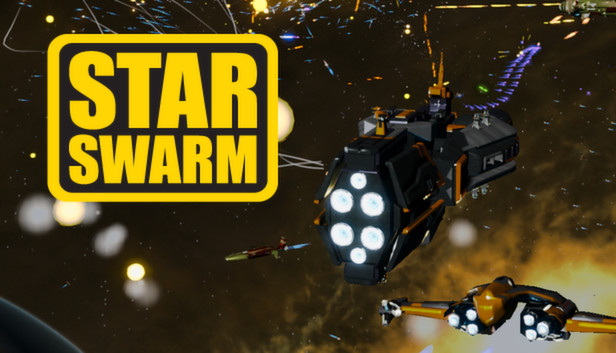Originally posted by oiaohm
View Post
Originally posted by dragorth
View Post
As for "a few decades", Gallium has only existed for like a decade at this point, this isn't a year 2050 thing lol.
As for deficient Vulkan drivers: again, as I mentioned, good GL support could become a matter of providing sufficient extensions in your Vulkan driver, obviously it's possible to fail at that.
Honestly why even bother writing comments here, nobody reads anything except the first line anyway lol.







Comment